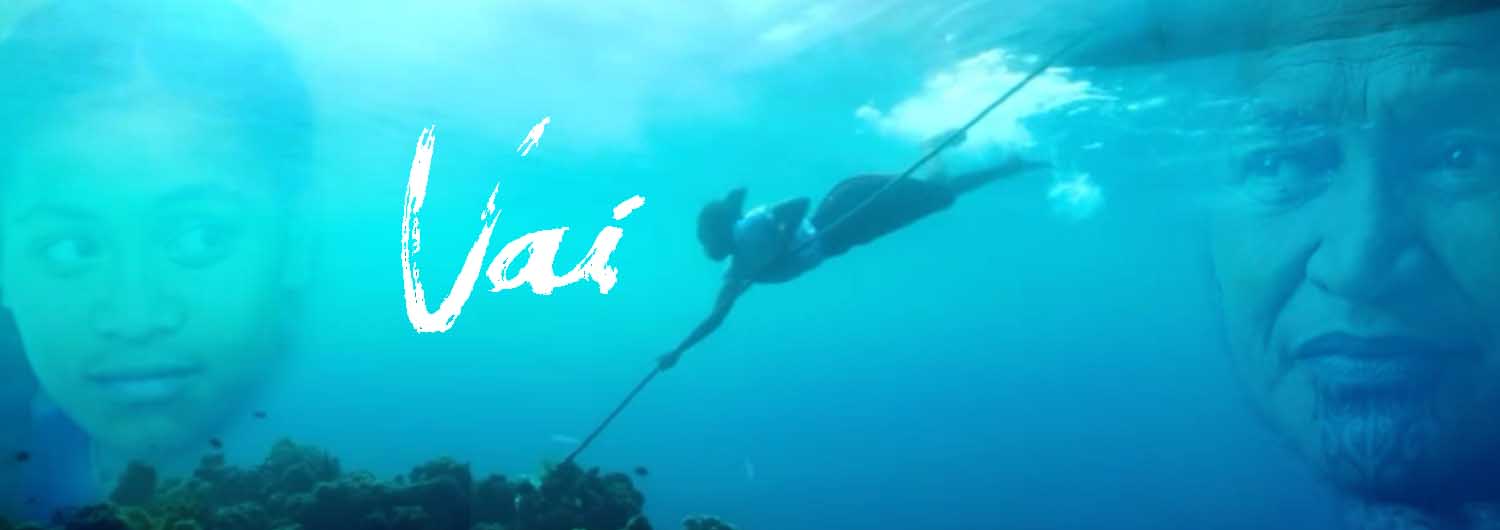The Gothenburg International Film Festival is held annually at the end of January. That means the 2020 festival, the 43rd in order, was a month ago as I write. The GIFF runs for 11 days and it’s the biggest film event in the Nordic countries. (Or it likes to present itself as such. There is a long-standing rivalry with Stockholm.)
The GIFF is the only film festival I’ve ever attended, but it’s on my doorstep so I go every year when I can. (And I’ve written about it here more than once). Last year I saw nearly 20 films and took time off work to do so. I was more circumspect this year and satisfied myself with just eight. But there were 400+ to choose from.
More than entertainment
Although I come to films, always, looking to be entertained, when I go to the GIFF, I’m usually looking for more. For some years now I’ve made a point of seeing films from each of the six continents and I try to favour films in other languages than English or Swedish. I want to be shown things I normally don’t see, hear things I normally wouldn’t hear. I want to experience stories told in different ways, by different voices and from different perspectives.
Of this year’s eight films, one in particular, Vai, satisfied many of my requirements. It was my choice of film from Oceania. There wasn’t much of a choice this year, but Vai made up for that, covering seven different island nations across the South Pacific. It stands out also because of its construction. While all the other films I saw were longer films telling one story, Vai was more akin to an anthology of short stories. (I see film-people on IMDb are calling it a collection of vignettes.)
Although it was presented in the GIFF catalogue as a film from New Zealand, it was actually about indigenous characters and situations across several islands of the South Pacific. From the Solomon Islands in the west, to Kuki Airani (the Cook Islands) in the east, and south to Aotearoa (New Zealand) itself. Eight stories, with eight different protagonists and nine different author/directors. (One segment was written and directed “by the Whippy sisters”.)
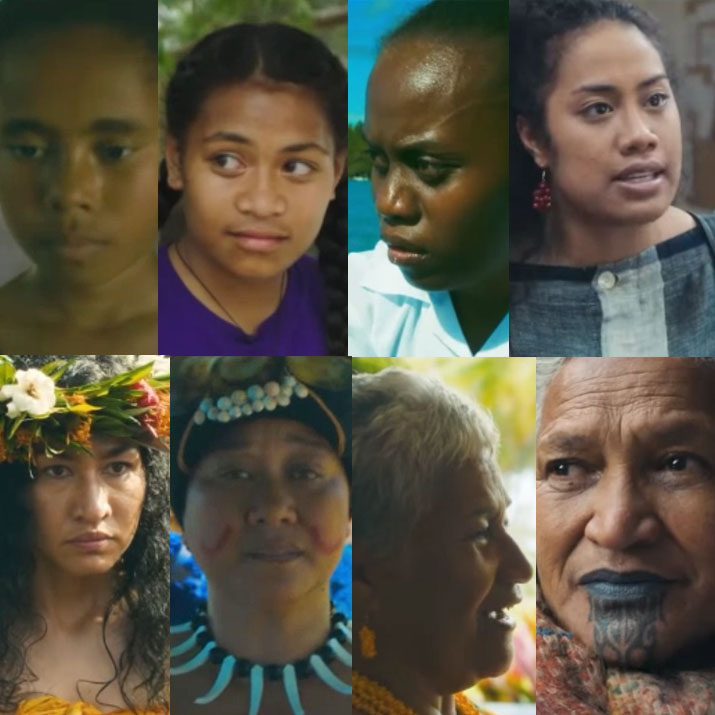
Vai
It seems that “Vai” is either a personal name in its own right, or an element in a name, used across the South Pacific. Each story presented a protagonist called Vai. A girl or woman aged 9, 13, 16 or 21 in the first four stories set in Fiji, Tonga, the Solomons and New Zealand. In her 30s, 40s and 60s she was on Cook, Samoa and Niue. In the final story the Vai character was in her 80s and a great-grandmother on Aotearoa.
The parts of the film did not weave together to tell a single story about a single Vai. Instead they were more kaleidoscopic.
In each story, Vai was faced with a dilemma or a situation that echoed dilemmas or situations in others of the stories. The necessity to travel for work or study. The tension within families between generations. The conflict between indigenous cultures and colonial power. The ways traditions are challenged by the modern world. The ways people try to maintain traditions, or accommodate them to the modern world. The importance of the family unit (especially the women in the family).
Water – seawater, rainwater, river water – played a significant part in the iconography of all of the stories too.
My impression is that the directorial collective had come up with a handful of focus topics. Then each member picked among them and interpreted them as she wished for her story.
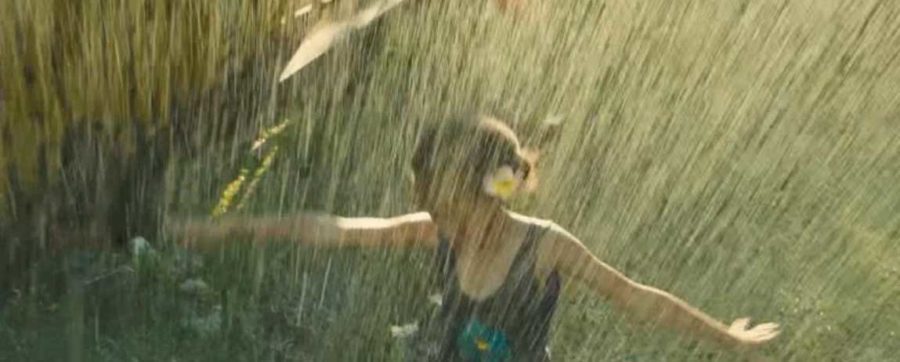
Mothers and daughters
Each of the stories concerns itself with relationships between mothers and daughters. The men in the families, or the male friends of the protagonist, are not ignored, but it’s the women who are at the front and centre of each.
In the first story, from Fiji, a mother is planning to return to work in New Zealand, taking her reluctant seven-year-old daughter, Vai, with her so she can start school.
In the third story, a 16-year-old Vai is playing truant from school in order to go fishing from a canoe. Her mother appears from the sunlight on the sea, paddling another canoe. The girl is resentful of her mother who left her behind when she went to work abroad. After failing to get Vai to talk with her, the mother paddles away again. Now Vai is distressed and tries to follow, but cannot. We’re left uncertain whether the mother was really there or not.
In the fourth story the Vai character is 21 and in New Zealand, studying at the same time as she works shifts in a hospital. She is supporting her family back home in Samoa. And in the seventh story, Vai, a woman in her 60s on the island of Niue, is preparing her granddaughter for the girl’s departure to study abroad. There is a ceremony with gifts of money for the granddaughter.
Polynesian pride
Each of the stories also takes up different elements of – I suppose I can call it Polynesian pride. The seven year old has ambitions to become a singer on “Fiji 1”, which I take to be a television station. Her equivalent in Tonga, a 13 year old, wants to be a singer too. On the Kuki Airani, the Vai of story number five is an activist protesting against foreign fishing fleets.
The last three stories (from Samoa, Niue and Aotearoa) all involve ceremonies. I think the Samoan ceremony was a kind of funeral or memorial for the dead. It wasn’t explained – or I missed the explanation. But the Vai character was leading a procession along a beach past houses and what looked like graves while people danced behind her. As she came to each house or grave, old figures, standing there, bowed to her and then joined in the dance. In the moment when her attention was on them as they were bowing, the sound of the dancing and music faded out and was replaced by the sound of the wind and waves. I don’t know what this was symbolic of, but I found it moving.
In the final film, an 80 year old Maori woman, mother and grandmother, was in a group with her children and grandchildren, climbing up through a forest path beside a cold stream. When they reached a certain place, they had to stand in the cold water to perform what turned out to be the naming ceremony for the old woman’s newly born great granddaughter. (The baby was named Vai, naturally!)
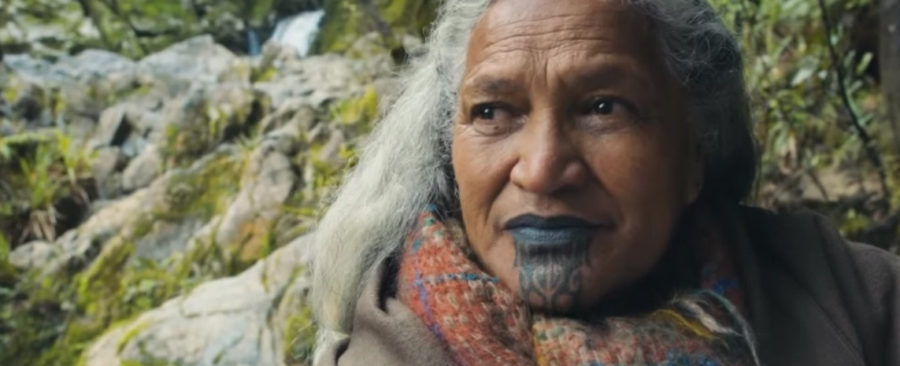
Excellent – and patchy
Vai was an excellent film in one sense: it showed a great deal of the South Pacific. On the other hand it was patchy in terms of quality.
The second of the films – the one about the 13 year old in Tonga – was amateurish. Sweet enough, but a student effort. The Samoan funeral procession and the Niue farewell ceremony were not particularly interesting in themselves, except for that sense of being on the border of a spirit world the Samoan funeral procession conveyed. The final film in the mountains of New Zealand’s North Island was very beautiful, but not particularly dramatic unless I was missing something.
The story of the Samoan immigrant in New Zealand, 21-year-old Vai, seemed generic. (Which isn’t to deny the truth of her situation.) There she is, doing her best, studying, holding down a job, living far from home and sending money back. She’s coping with layabout friends, who sponge off her, but they are fellow Samoans so she cannot tell them to get lost. They help support her self-worth. And then her father, her only family in New Zealand, is incapacitated. Will this be the final straw? No, because she is strong! (And she can at least have a rage at her teacher and the system.)
So much of this could easily be transposed to another country, with another protagonist. And yet this segment was perhaps the best acted.
Vivid
But for all its unevenness, one month on Vai is the film that remains most vivid. I’m not entirely sure why. It didn’t have the best constructed story of the films I saw this festival. (That would be The Horse Thieves: Roads of Time.) It wasn’t the film with the best production values. (That was The Invisible Life.) It didn’t even have the best actors. (The adult actors in The Invisible Life were excellent. The child actors: Helena Zengel in System Crasher and Stycie Waweru in Lusala were both outstanding.)
But, clearly, Vai was the film that impressed me the most. Enough for me to want to review it here.
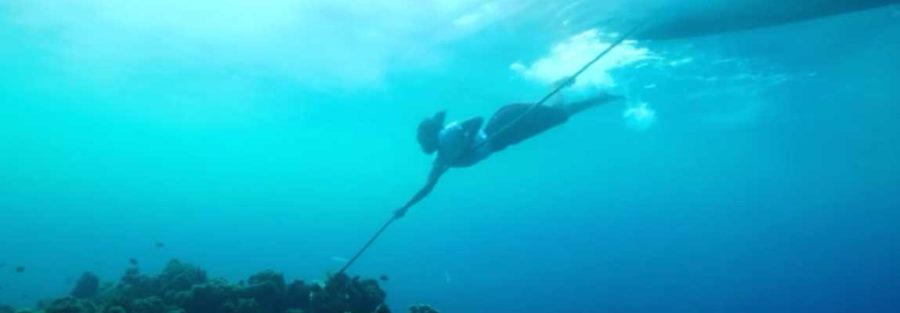
A word about the illustrations.
The illustrations, including the elements in the header image, are all stills taken from the film’s trailer, which you can see on YouTube here.

